In February, Pakistan experienced notable shifts in its scrap, iron, and steel imports, reflecting changing trends in the global and domestic markets. According to recent data, the nation saw a 9.7% rise in scrap imports compared to January, with a total volume of 238,403 metric tons. While this month-on-month increase highlights growing demand, the figures also reveal a 6.6% decline when compared to February of the previous year.
The financial value of these imports tells a similar story. In February, the scrap imports were valued at $98.35 million, marking a 9.5% month-on-month increase. However, the import value saw a sharp 13.9% decline compared to last year’s period, signaling potential market pricing and demand fluctuations. This dual trend suggests that while Pakistan’s reliance on scrap remains significant, the overall value of imports has been influenced by economic or industrial shifts.
Iron and Steel Imports Surge Significantly
In contrast to scrap imports, Pakistan’s iron and steel imports surged remarkably in February. The total volume reached 326,859 metric tons, representing a staggering 70.7% increase compared to February last year. This growth illustrates an increased need for raw materials, possibly driven by industrial or infrastructure developments across the country.
On a month-on-month basis, iron and steel imports also recorded an 8% increase from January, showing consistent growth in demand. The value of these imports, however, presents a nuanced picture. In February, the total value stood at $207.24 million, reflecting a substantial 50.6% growth compared to the same period last year. Yet, compared to January, the value fell by 5%, which could indicate a slight adjustment in pricing or a variation in the quality and type of materials imported.
Implications for Pakistan’s Industry and Economy
These scrap, iron, and steel import trends offer insights into Pakistan’s industrial and economic landscape. The rise in iron and steel imports suggests heightened construction activity and manufacturing needs, potentially linked to infrastructure projects or expansions in industrial capacity. However, the year-on-year decline in scrap imports and their value highlights possible shifts in sourcing strategies, economic challenges, or reduced demand in specific sectors.
Additionally, the fluctuations in the monthly values of these imports underline the influence of global market prices, currency exchange rates, and domestic consumption patterns. Policymakers, industrial stakeholders, and importers must closely monitor these trends to adapt to evolving market conditions and ensure sustainable growth in Pakistan’s industrial sectors.

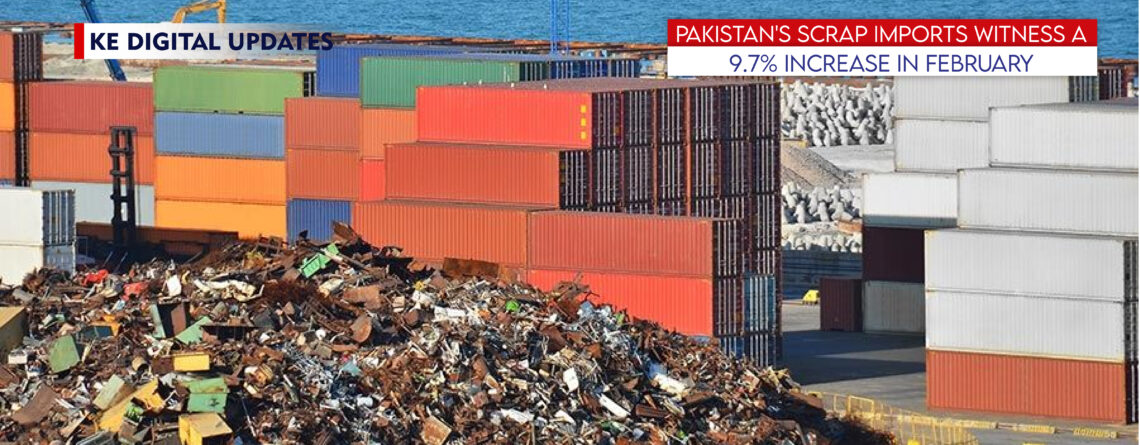
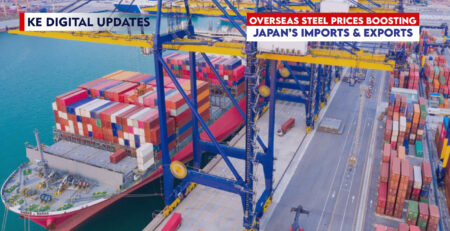
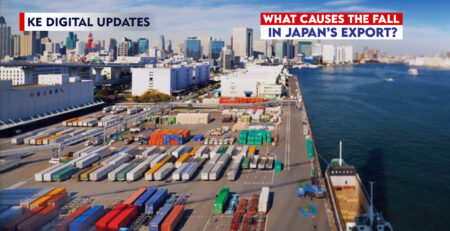
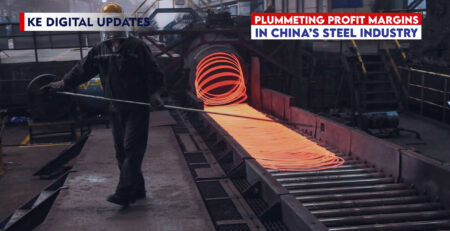

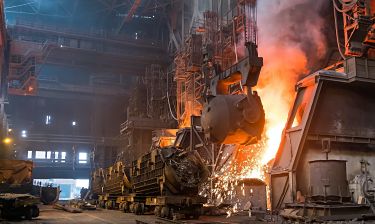

Leave a Reply